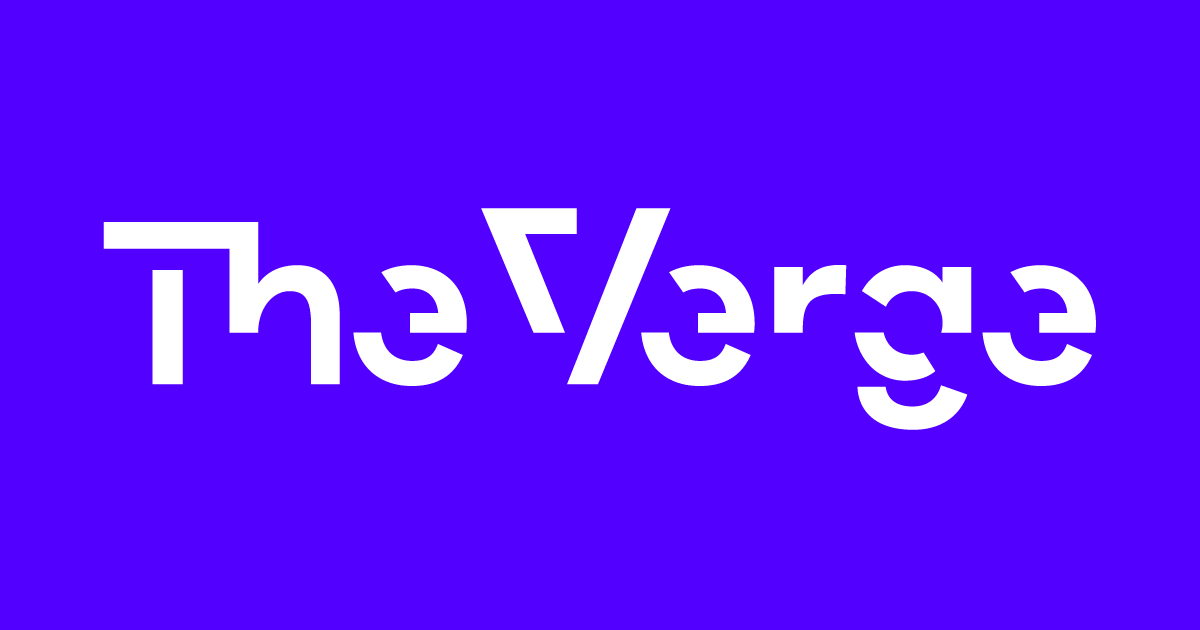Clashing Outlooks:
The integration of Artificial Intelligence in animation is sparking a revolution in how digital content is created, produced, and experienced.
Jeffrey Katzenberg (the former CEO of Dreamworks) has claimed that AI could replace 90% of artist jobs, highlighting this technology's transformative potential and challenges.
Meanwhile, Sam Register (president of Warner Bros. Animation/Cartoon Network Studios) offers a more cautious perspective, emphasizing the irreplaceable value of human creativity. These contrasting views underscore a pivotal moment for the animation industry, as it grapples with the implications of AI on creative jobs, the production process, and the very nature of storytelling.
The Big Picture
Revolutionizing Production Processes: AI is set to automate the tedious aspects of animation, allowing artists to focus on the creative and innovative parts of their work.
Enhancing Realism and Creativity: With technologies like 3D face modeling and voiceover automation, AI promises to add depth and realism to animated characters, pushing the boundaries of traditional animation.
Expanding Accessibility and Inclusivity: By making animation more accessible and inclusive, AI can help content reach a global audience and cater to more demographics.
Why It Matters
Empowering Small Teams: The democratization of animation tools through AI enables smaller teams to produce content that could previously only be managed by larger studios.
Navigating Employment Concerns: The potential for AI to replace human jobs raises significant hiring questions. It emphasizes the need to find a balance where AI supports human creativity without necessarily sidelining artists.
Thinking Critically
Skepticism About AI's Capability: There's a healthy skepticism around AI's ability to replicate the nuanced creativity and emotional depth that human artists bring to animation.
Protection of Artists: The concern for protecting human jobs and preserving traditional entry-level opportunities for emerging artists is paramount in many executives’ minds. This includes a focus on ensuring that AI serves as a complement to, rather than a replacement for, human creativity.
Adapting to Changing Consumption Patterns: The animation industry must adapt to changing viewer demographics and consumption habits, balancing the appeal of linear TV with the growing dominance of streaming platforms and the cost pressure this model puts on traditional production.
The Bottom Line: The conversation around AI in animation is not just about technological advancement but also about the future of creativity, employment, and the essence of storytelling. As AI reshapes the content landscape, the challenge will be to harness its potential while balancing these tools with the role of human creativity.
Our Favorites:
Read our full breakdown of cutting-edge 3D AI video here:(COAI link)

